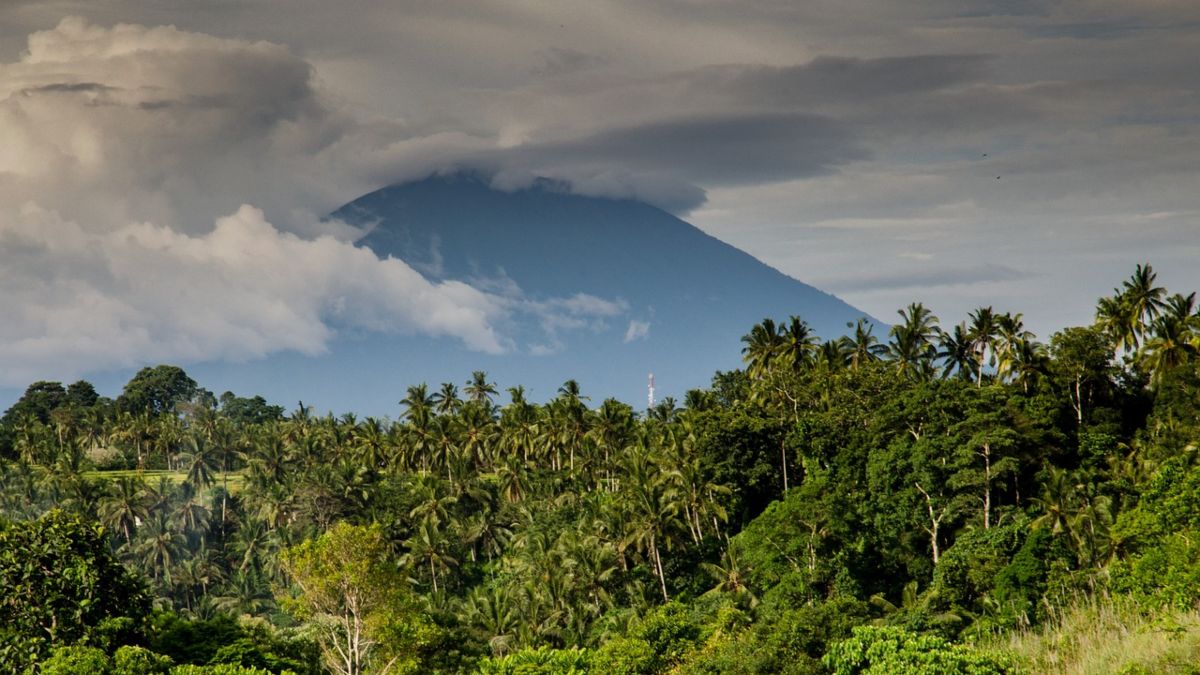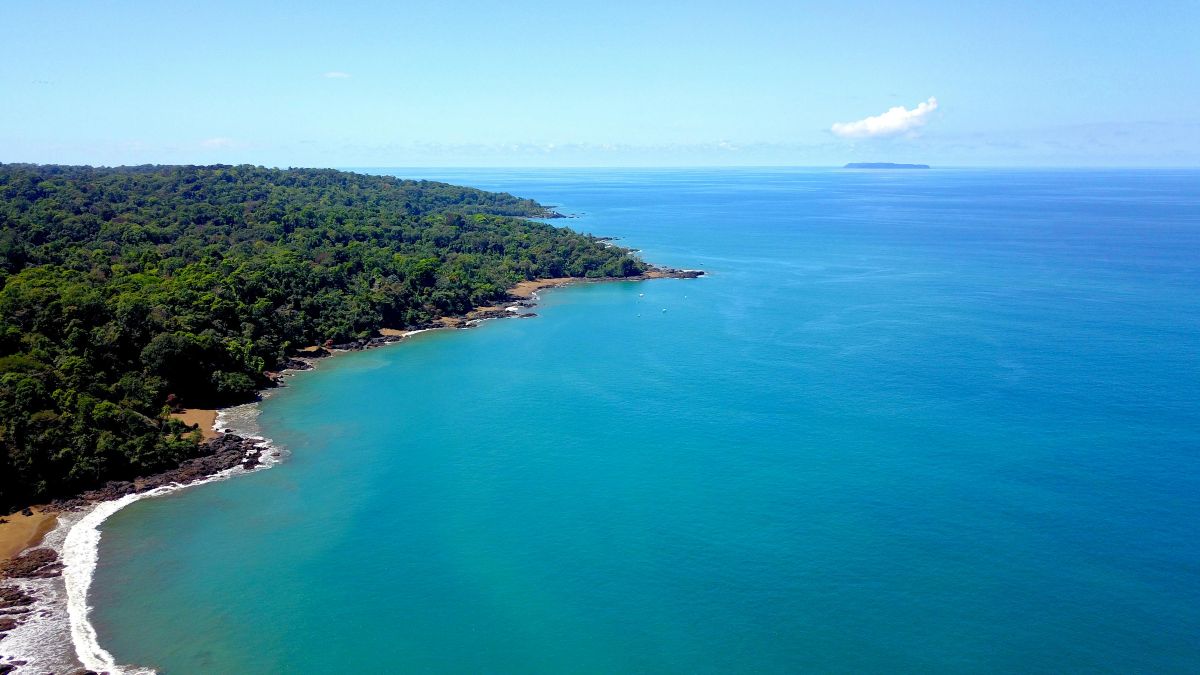Are you bringing a dog to Costa Rica? Here are ten things expat dog owners should know in Costa Rica they might not deal with in their home countries.
We love dogs. Who doesn’t? If you don’t love dogs, Costa Rica may not be for you. Dogs are everywhere here, you see. You can’t escape them. A lot of them are in various states of neglect and abuse. Wretched street dogs left to fend for themselves.
A dog’s life in Costa Rica is not one of leisure and ease. Not for many of them. It’s different from the northern country I’m guessing you come from. Many dogs live a short life of cruelty and hardship, and that’s heartbreaking to observe.
A dog’s life indeed.
So why is that? Are Costa Ricans crueler to animals than other folks?
Of course not. But there are cultural and economic differences to contend with. Hear me out.
Treating your pets like your children is a very “western thing”. By that, I mean it’s something people do more in affluent countries. You know, countries where more people have the disposable income to treat their poodles to grooming sessions or doggie foot spas once a week. They may even have an emotional support animal letter and view their dog as a necessary medical treatment on top of being a best friend.
Down here, most people don’t have the money for organic, grain-free, non-GMO kibble. Heck, many don’t have the money for a collar and leash. Dogs get treated like, well, dogs. People expect them to stay outside and not to sleep on your bed, or wear sweaters or booties.
Us expats can sometimes be a little too quick to judge
I used to notice southern and eastern European countries (Greece, Spain, Croatia, Bulgaria) always had more street dogs than northern European ones. It’s no coincidence that southern and eastern Europe is poorer than northern Europe – well, used to be back in my day. People – to be frank – have (had) enough to deal with, without worrying about the welfare of dogs.
As a dog-lover who spoils my own dogs rotten, I get this. I dislike it, but I understand. But that doesn’t stop me from being as judgmental as anyone else about animal welfare in Costa Rica either. I won’t lie – I’m a little too quick to judge as well.
But things are getting better for dogs in Costa Rica. I see less street dogs than I used to, and I see more people looking after their dogs. In upscale neighborhoods of San Jose, you will find plenty of places selling high-quality food and offering various dog grooming services. And gringo expats like me aren’t the only people using these places.
There have also been advances in animal cruelty awareness, with a significant law passing back in 2017 that, among other things, finally criminalized cruelty to animals. I’m still not sure how enforceable this law is, even after almost seven years, but the fact remains that I see far fewer street dogs than I used to.
Animal Welfare Law In Costa Rica Became A Reality on Sunday https://t.co/qm9BXQvZtm pic.twitter.com/HuavSUTrrG
— Rico (@ricoqmedia) June 12, 2017
If you’re a dog owner moving to Costa Rica, you’re not – at least I hope not – going to dump your pet and jump on an airplane. You’ll bring your dog down with you.
So you should be aware of a few things before you travel with your pet down here to Costa Rica.
A few years ago, we asked the members of one the many Costa Rica Facebook expat groups out there what the main things are one should be aware of, when bringing their dog to Costa Rica. What expat dog owners should know that they might not be used to dealing with in their own country.
We’re not so much talking here about the rules and regulations involved in getting your dog to Costa Rica in the first place, although that’s also important, and educating yourself on how to transport a dog across country, whether on a domestic or international trip, is crucial according to Pet Van Lines, a U.S.-based pet moving service.
What we’re talking about here is what to expect once you and your dog are here. This is what they said (even though they gave their answers a couple of years ago, and this is an updated article, their answers are still relevant to people bringing a dog to Costa Rica in 2024):
1. Stray and loose dogs are everywhere here (we already mentioned that)
A lot of them are delightful. A lot of them are vicious, too. That’s what happens when you’ve spent a tough life having rocks hurled at you. It’s not uncommon for these dogs to attack your dog while walking. It’s not unusual for dogs with owners to attack your dogs, they’re not all street dogs.
People let their dogs run loose here. The point is, never let yours loose when walking. Just because they do it doesn’t mean you should. Don’t let your dog loose, period. You need control over your dog if attacked.
Take particular care when on beaches. The Facebook groups are full of people complaining about some asshole leaving their pit bull loose on the beach while they’re surfing. The pit then attacks your smaller dog on a leash while the owner is out in the lineup without a care in the world.
And we haven’t even mentioned getting run over or stones thrown at them or being kicked by a horse or whatever… or the fact that it’s illegal to not use a leash (you might laugh at that, given how many people don’t use leashes, but it’s still illegal).
2. Ticks and fleas
I know, I know. Ticks and fleas are everywhere. You’re used to them. Dogs and fleas go together like snow and skis. Or wine and cheese. Or… or… whatever. You get the picture.
But you haven’t seen fleas like the ones down here. They are everywhere. The amount of stray dogs, and the fact that fewer people medicate their animals against fleas, means they’re a bigger issue in Costa Rica than where you’re from.
Fleas aren’t the worst of it, though. Ticks are the true villains, and they carry nasty diseases like Ehrlichia. Ehrlichia is commonplace in Costa Rica. This condition exists elsewhere, but in Costa Rica, more dogs go untreated, and so it’s more obvious.
When you arrive, take your dog to a vet and learn all about this disease. Also, try to ensure your pet never gets it in the first place by using flea and tick medication on a regular basis. Treatments like Nexgard, Advantix, Frontline, and whatever other brands you recognize are available in Costa Rica, so use them.
View this post on Instagram
3. Poisoning
Dog poisoning is a thing here, it pains me to say.
If you live in a rural area and your dog gets loose and takes a neighbor’s chickens, don’t be surprised if the neighbor lays poisoned meat out next time. It’s not as rare as one would think, so make sure your dog can’t get off your property.
It’s also not uncommon for people to throw poisoned food over your gate for your dogs to eat while on your property. I know more than a few people this has happened to over the years. In fact, this has happened on my own street. It often precedes a spate of burglaries or home invasions in a particular area, where thieves take out guard dogs or watchdogs in advance.
The best way around this is to either train your dogs to accept food only from you or even easier – just keep them inside.
4. Toads
The giant cane toad is the biggest amphibian in Costa Rica, and these suckers are everywhere during the rainy season. They jump all over your yard after a rain shower, looking like an irresistible toy to chase for a bright-eyed, inquisitive pup. They are most active around dusk.
The problem is, these things can excrete enough poison to kill a crocodile (an exaggeration). But if your dog licks enough toad poison, he’s toast unless you get him treated ASAP. Learn what to do and get him to a vet.
Better still, keep your dogs inside when it’s raining and at dusk (you might notice keeping your dog inside can solve a lot of the issues in this article).
5. Vets (remote, not open for emergencies, etc.)
This depends on your location – you may or may not be within easy distance of a vet.
If you’re in the Central Valley or some of the major tourist beach towns, you should be okay, so this point may not apply. There are plenty of great vets, who can all deal with poison, snake bites, machete attacks, ehrlichia, and even common, regular doggie maladies. And you’ll find plenty of 24-hour emergency centers should your dog get sick outside of office hours.
If you’re not in the Central Valley, things can get tough. Best advice is to find your local vet (ask for recommendations in your area or on the Facebook groups, and become his or her friend. Have his or her cell number. Buy him or her something nice for Christmas.
6. Bees and stinging critters
We have a lot of insects down here that can bite/sting you, and they can also bite/sting your dogs. Spiders, scorpions, sand flies, horse flies, and mosquitoes are some of the better-known offenders.
Make sure you have Benadryl on hand, for both you and your dog.
Bees are an issue. I heard something like 99% of all bees in Costa Rica are Africanized. I don’t know if that’s correct, but it wouldn’t surprise me if it was. That makes them fierce and dangerous.
A friend of mine’s dog got killed by Africanized bees a few years back. It was awful. If you see bees, be wary.
I know bees are like, sacred nowadays, and we’ll all perish if we let them go extinct. But does that apply to these Africanized ones? I’m not so sure. But, yeah, again – keep your dogs inside and cut the risk that way.
7. Crocodiles
As if insects, toads, ticks, fleas, and other dogs aren’t enough, we also have crocodiles. And they take dogs occasionally. Again, like the bees, this happened to a friend’s dog in Esterillos on the Central Pacific coast (not the same friend, though – that would just be too tragic).
If you live in a coastal or low-lying area, near a river or an estuary, your dog is at risk. Don’t let them run off, keep them on their leash. Crocs can run damn fast. (Oh yeah – there are snakes too, but no one brought them up in the Facebook survey).
8. Food
Decent dog food costs money in Costa Rica. A lot more than you’re used to paying. I’m talking about the quality stuff with four or five stars on Dog Food Advisor.
The prices will shock you – often two or three times more than in the U.S. (Pro-tip with price of dog food: Get PriceSmart membership and you can buy Kirkland food there – it’s excellent quality and relatively inexpensive.)
Now, with that said, outside of the Central Valley, premium dog foods can be rare and hard to find. It’s what you buy on trips to the capital to stock up. Know this.
In fact, outside of the Central Valley, toys and treats are rare, too. So are crates, collars, leashes, and muzzles. If you’re living in a remote area, make sure you have all you need.
9. Pollution
Although Costa Rica has an “eco” reputation, much of it doesn’t apply when it comes to the rivers. Many people think the rivers here are fresh, sweet water running down from the mountains. In reality, many are fetid streams carrying the bilge and debris of San Jose into the ocean. We’re talking untreated sewage, medical waste, and good old-fashioned trash.
Don’t let your dogs swim in rivers. If the crocs don’t get them, then some nastiness from swimming in nastiness might. At least wash them as soon as you can if they’ve been in a river.
10. Adopt don’t buy
Here’s one about getting dogs in Costa Rica as opposed to bringing a dog to Costa Rica. Although all the above rules apply to dogs you get here, too.
But this one is more personal and is an opinion more than anything. I mentioned earlier there were tons of stray dogs here living on the streets. Less than there were before, but more than you’ll ever see at home, I promise you.
If you are planning to get a dog when you come, adopt don’t buy. Adopt off the street or from a shelter. You will be a saint by doing that and gain the most loyal friend you’ll ever have.
Now we’ve terrified you, here’s the sweetener…
You can look at the above list and think Costa Rica is awful for dogs. Don’t think that. If you look after your dog, he or she will have an amazing life down here. That goes for anywhere. But it doesn’t hurt to know some of the pitfalls to avoid surprises.
Dogs are the coolest pets in the world. Forget ocelots or reptiles or tarantulas. It was always dogs and it always will be dogs. You know this. They deserve your protection. So with some knowledge and preparation, they can be as safe here as back home.
And they can be happy, too. But then your dog is always happy when he’s with you, isn’t he? Doesn’t matter where you are.
James Dyde is the editor of CentralAmerica.com. He lives in Escazu, Costa Rica.




